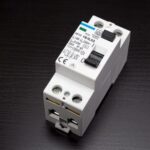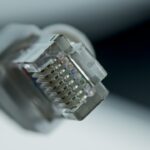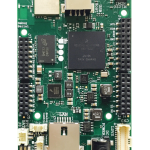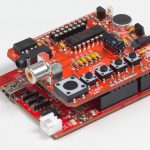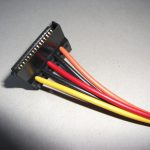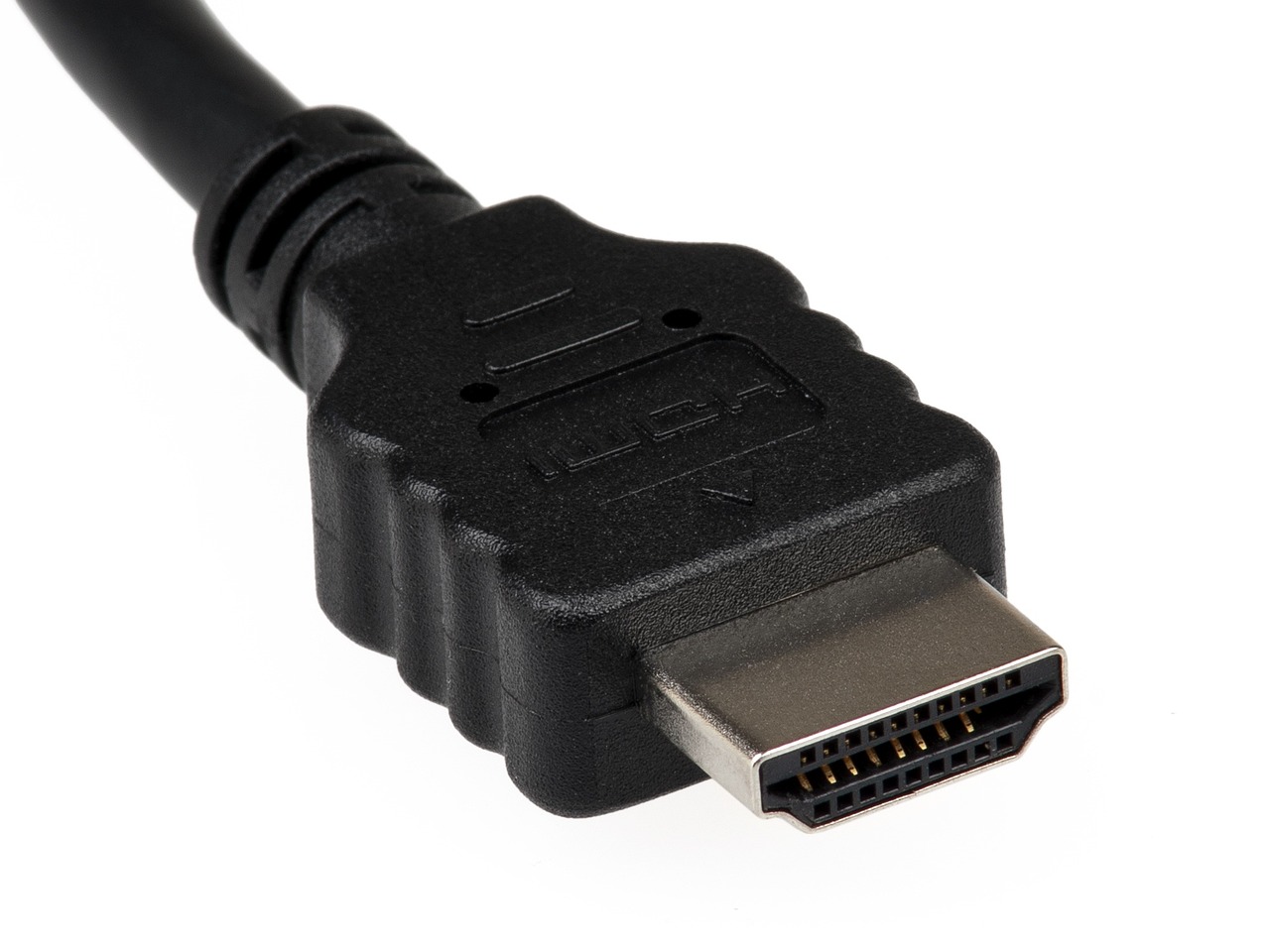
All modern communication and entertainment devices use HDMI connectors as input devices. Using an HDMI cable as an input as well as the output device is actually transferring data between two devices. HDMI cables are used for the transferring of digital signals that are uncompressed. Transferring of digital signals is usually between audio and video devices. One is the source sender, and the other is the receiver.
It usually communicates between display, audio, and video devices and transfers using digital signals.
In common practices, HDMI connectors/cables use is following:
Before going further, I first learned the use of HDMI connectors in common life. This will help us understand the HDMI cables in a better way.
- We are using them in daily home and office gadgets.
- We are linking the desktop computers and monitors/LCD’s/LED
- The connection between projectors and other devices
- Connecting game consoles with other display devices
- Connecting the TV with laptop
- Streaming box with TV
- TVs with game boxes and a lot more besides.
Since the invention of HDMI, all modern gadgets and devices are moving towards this technology. This carries high-quality signals between two devices, say, the display and the source.
Source – This is through the digital signals that need to be transferred.
Display – is the device that accepts the digital signals and converts them into a display.
What stands for HDMI? Its meaning, nomenclature, and purpose:
High definition multimedia interface is the modern format, and people have been using it since the 2000s. This cable is making it convenient to carry HDTV signals in a modern format. Before the introduction of HDMI, there were video-only connectors, and computer hardware engineers fitted these connectors into devices. Later on, engineers devices another HD signals transferring device, and it uses five cables that transfer the audio as well as video signals.
Next to this, all these five cables were joined and converted into one, and that is HDMI connector/cable. In 2002 people were purchasing HDMI cables and getting rid of old connectors.
Just within a few years, people were using HDMI cables, and now it is a default option in almost all sorts of high-definition display devices. This transfer A/V means audio and video signals, using a sturdy cable and able to carry audio-video signals simultaneously.
What is the shape of an HDMI cable?
When we are talking about the shape of the HDMI cable, it is quite similar to the USB cable. Notably similar to the USB connector in appearance, but HDMI is larger in size.
Similar to other connectors, HDMI is also gender-based. There are male as well as female terminal ends. Male HDMI terminal end is smaller, and female HDMI connectors are larger in size.
Other specifications of HDMI connectors:
HDMI is a famous and widely used connector among all other types of connectors. Considering the best because of their speed, quality and bandwidth are very common. Just after their launch and improvements, HDMI becomes mandatory for all major devices.
A series of revisions happen, 2002, 2004, 2005, 2006, 2009, 2010, 2011, 2016 and 2017 with versions, 1.0, 1.1, 1.2, 1.3, 1.4, 2.0 and 2.1 respectively introduced.
The physical shape of HDMI connector:
It looks similar to the USB, but there is a notable difference between them. These are large than USBs in size and have the same trapezium shape. Everyone from the end terminals easily recognizes its name.
Different types of HDMI connectors:
There are a few types of HDMI connectors that are different from each other in terminal ends. In order to purchase the right one, one should know the type and shape of the terminal ends. By knowing the right required shape, one could get it easily. HDMI manufacturers define them in five common types.
- Standard type
- Mini
- Micro type
- Dual Link
- Automation connection system type
All of these have different shapes and terminal ends, and one can easily recognize them. If someone doesn’t know about the terminal end shape, then it would be a great confusion for him. For this, remember your type, whether it is A, B, C, D, or something else.
Micro HDMI connectors:
These are smaller than type A and B HDMI connectors and contain the 19-pins. Usually, they have fixed dimensions of 5.83mm × 2.20mm. Because of their small size, these are quite similar to the USB device. In size, micro HDMI is almost half of the standard size connectors. Most mobile phones use this sort of Micro HDMI cable because these are portable mobiles and devices.
HDMI standard connectors:
It is the standard version and is most commonly used in the devices. All the brands of the current era are using this standard type of terminal end connectors. It is further available in five different sizes. Type a male connector size is 13.9mm × 4.45mm, and a female connector size is 14mm × 4.55mm. Add to this, mini and micro connectors also have the same sizes. This is a 19-pin HDMI connector that controls the video-audio signals. Usually, it controls the range between SDTV to 4k high-resolution video and audio signals.
Mini connectors:
These are smaller than A type of HDMI connectors. Engineers recommend them to append in portable gadgets like cameras and navigation systems. These are smaller and slimmed types of connectors than the A type. These are also known as C-type connectors, and their dimensions are 10.42mm × 2.42mm.
Gender-based discrimination of HDMI connectors:
As discussed above, there are male and female HDMI connectors. Usually, one is known as the source, and the other is receiving device. Sometimes, two male terminal ends plug into the two female sockets and provide a bridge between them. Female HDMI connectors are used inside the TVs and other devices, and male connectors cover them. That’s why these male and female connectors are also selling as standalone connectors.
On the other hand, male connectors are also sold to replace them when they are damaged.
HDMI connectors used for the following purposes:
Firstly, it is used in almost all the gadgets that use the transfer of audio and video signals. We use them when we send audio-video signals simultaneously from a source and a receiver receiving them. The receiver is the display device that collects them and converts them into the display.
Secondly, it has mitigated the use of a bundle of cables and connectors that scientists used 2 decades before for the same transferring of signals.
Thirdly, it also connects the hardware with other ports.
Additional use of HDMI connectors for audio and video devices:
HDMI has replaced the DVI connectors, and HDMI has the capability to transfer both audios as well as video signals at the same time. DVI connectors can only pass the video signals at one time. There are HDMI-DVI convertors that are configured with old devices and converted into HDMI cables. In this way, old devices also use HDMI connectors.
Crux and theme:
Now, HDMI is used for the transfer of audio-video signals simultaneously. HDMI cables have high bandwidth and a very high quality transferring rate. For engineering compatibility, there are converters and adaptors.







